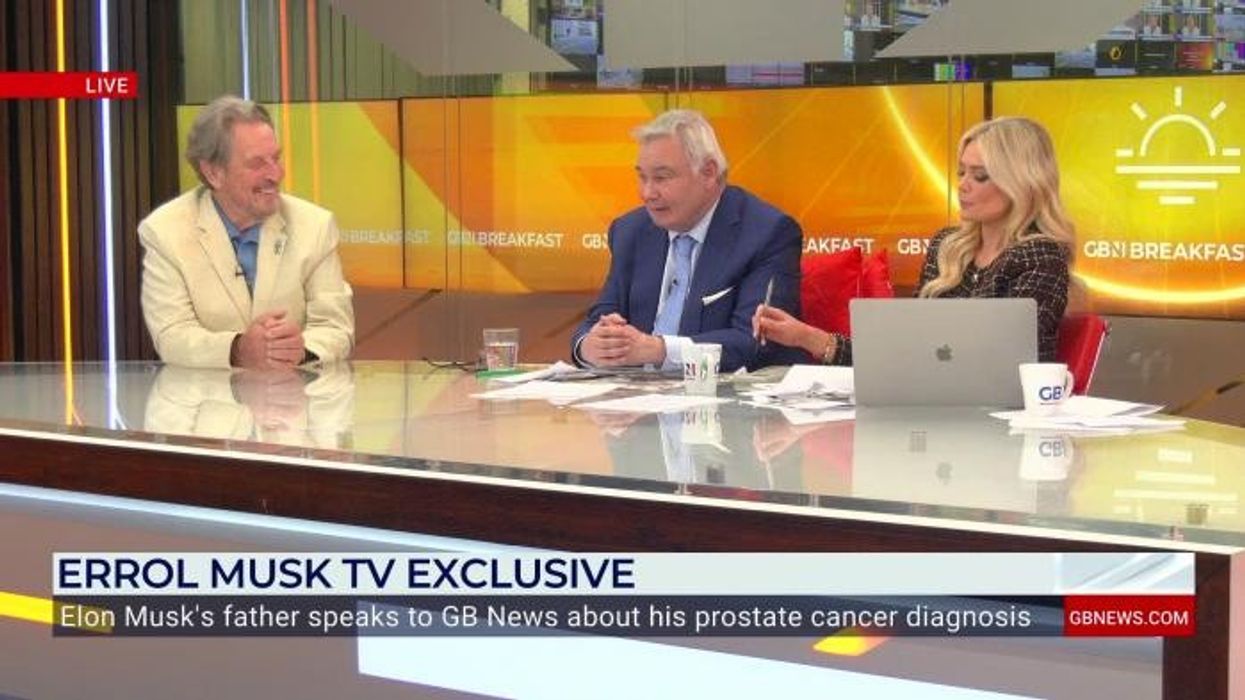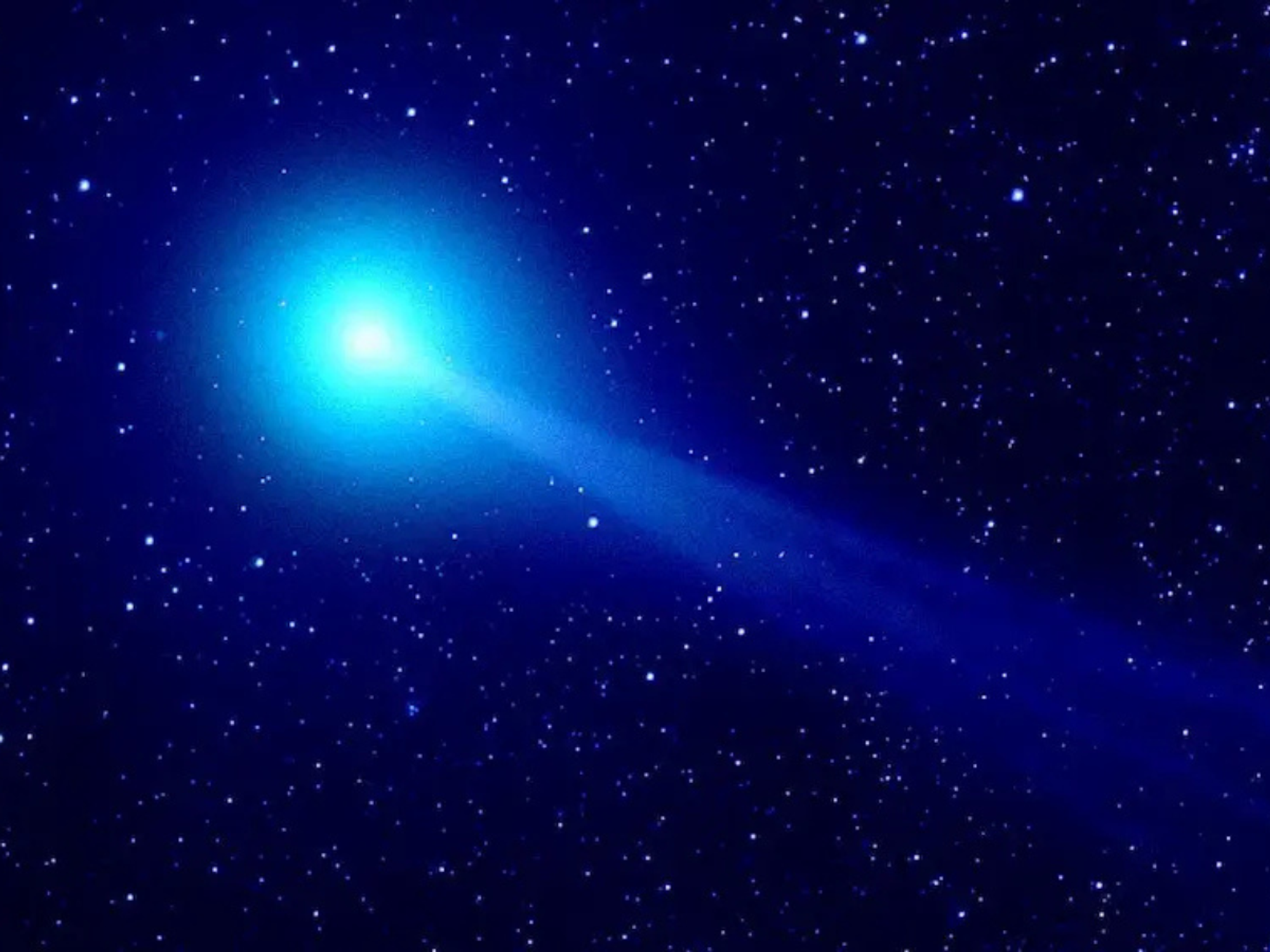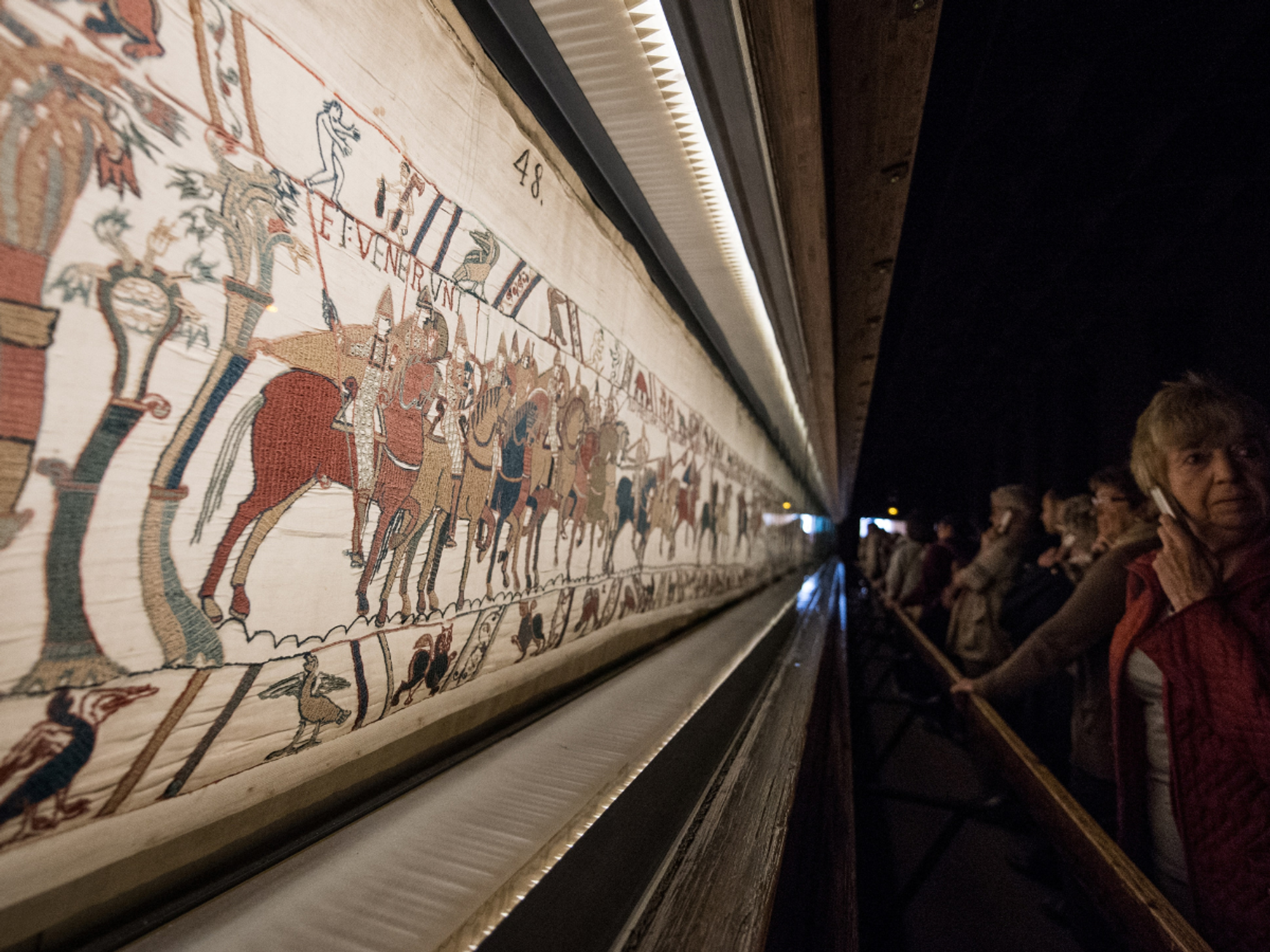Rare meteor shower to light up British skies as spectacle hits UK this week - Where and when to see it
Stargazers have been urged to 'look for flashes of light in the night sky' and get away from city lights
Don't Miss
Most Read
A summer space spectacle is almost here, as a rare double meteor shower is set to grace British skies.
Two showers, the Southern Delta Aquariid and the Alpha Capricornid, will peak simultaneously in the early morning of July 30.
A quarter-full waxing moon will ensure that light pollution is at its lowest, allowing British stargazers to enjoy bright clear displays from the showers.
In order to best view the event, amateur astronomers are recommended to move as far from bright city lights as possible.
According to Thaddeus LaCoursiere, the planetarium programme coordinator at the Bell Museum in St Paul, Minnesota, each shower is expected to produce up to a dozen visible meteors per hour.
He told viewers to "look for flashes of light in the night sky", adding that both are "very nice classic meteor showers".
Each shower is set to be visible until August 12.

Two meteor showers will peak simultaneously in the early morning of July 30
|PA
The Alpha Capricornids, which are produced by slower-moving meteors, may have tails which linger slightly longer in the sky, according to Nick Moskovitz, from the Lowell Observatory in Flagstaff, Arizona.
Several times a year, as the Earth orbits the Sun, it passes through debris left by passing comets and asteroids.
For the Delta Aquariids, the debris comes from the 96P/Machholz comet.
For the Alpha Capricornids, it is from the 169P/NEAT comet.
LATEST IN SPACE:

The best time to watch a meteor shower is in the early predawn hours when the moon is low in the sky
|PA
When these fast-moving space rocks then enter the Earth's atmosphere, they run into their first obstacle: air resistance.
Friction against the air superheats the space rocks before they eventually burn up.
In some cases, the surrounding air glows briefly and leaves behind a fiery tail.
This is the end of what we call a "shooting star".
In order to view a meteor shower, viewers do not need any special equipment.
For this reason, the best time to watch a meteor shower is in the early pre-dawn hours when the moon is low in the sky.
Cloudless nights, when the moon wanes to its smallest, present the optimal viewing conditions.
The next major meteor shower after this one is the Perseids, which peaks in mid-August - though a badly-timed moon may make it difficult to see.











